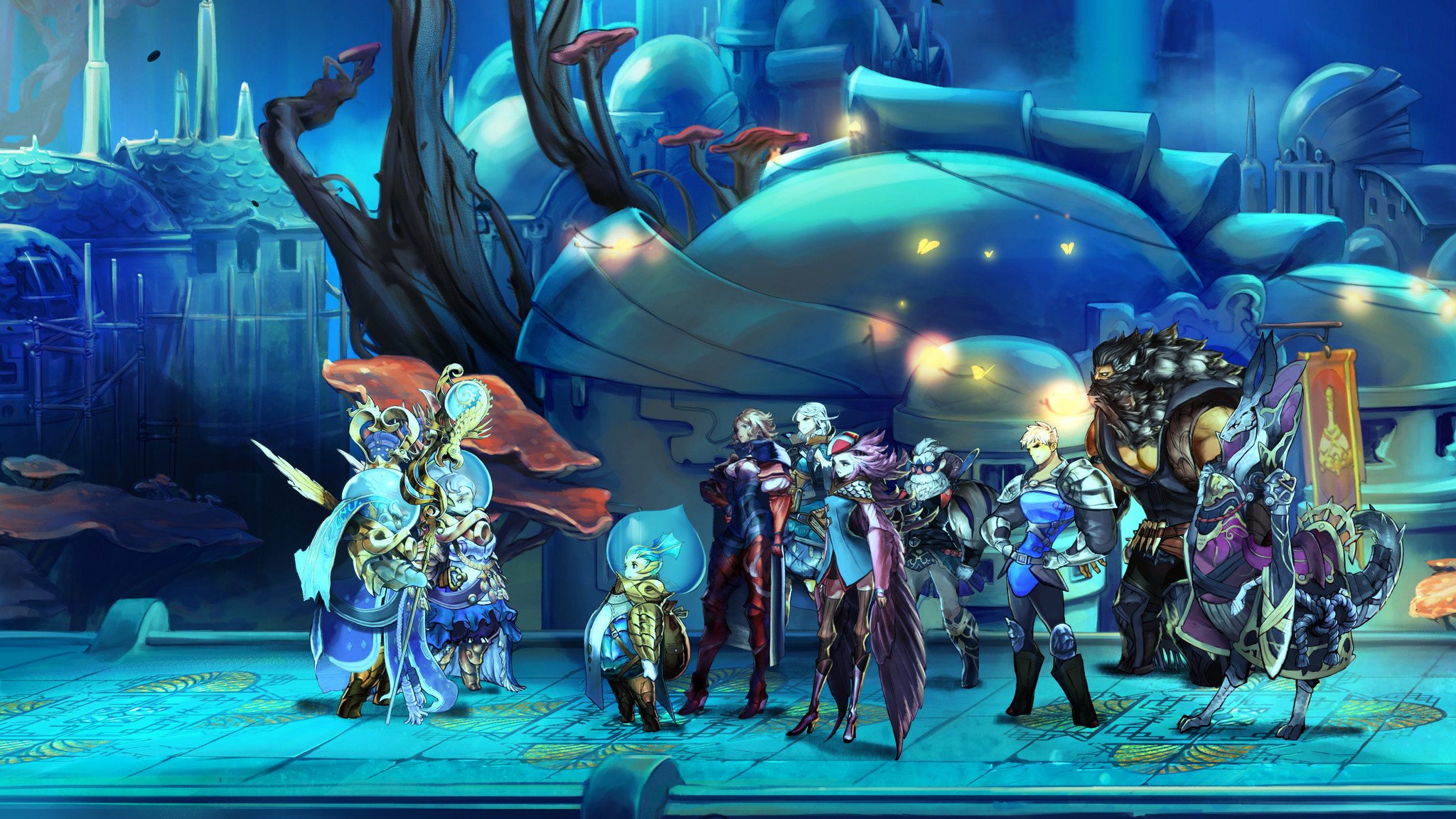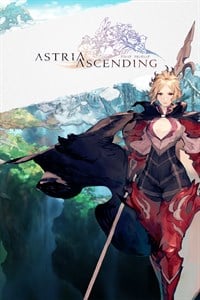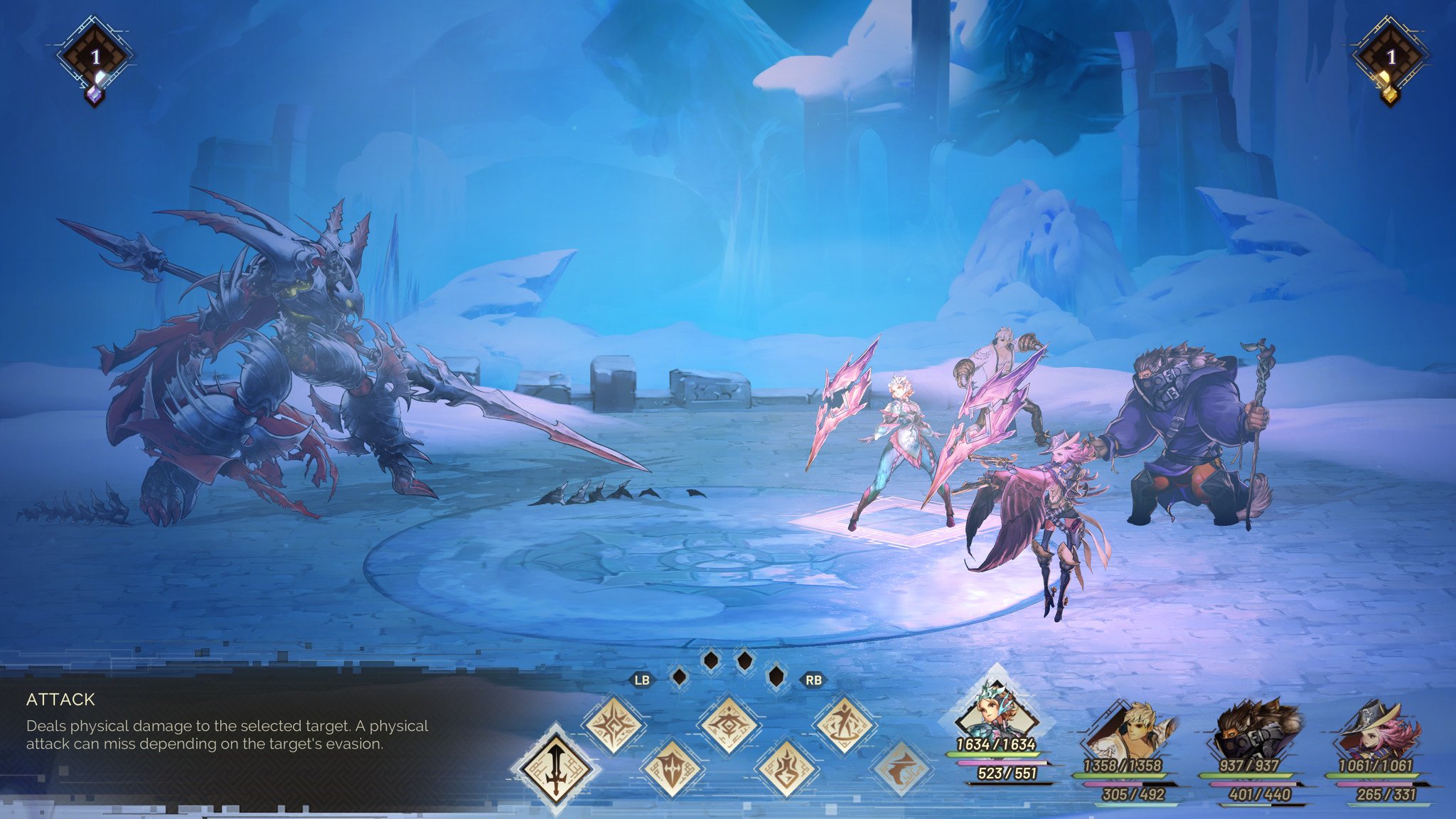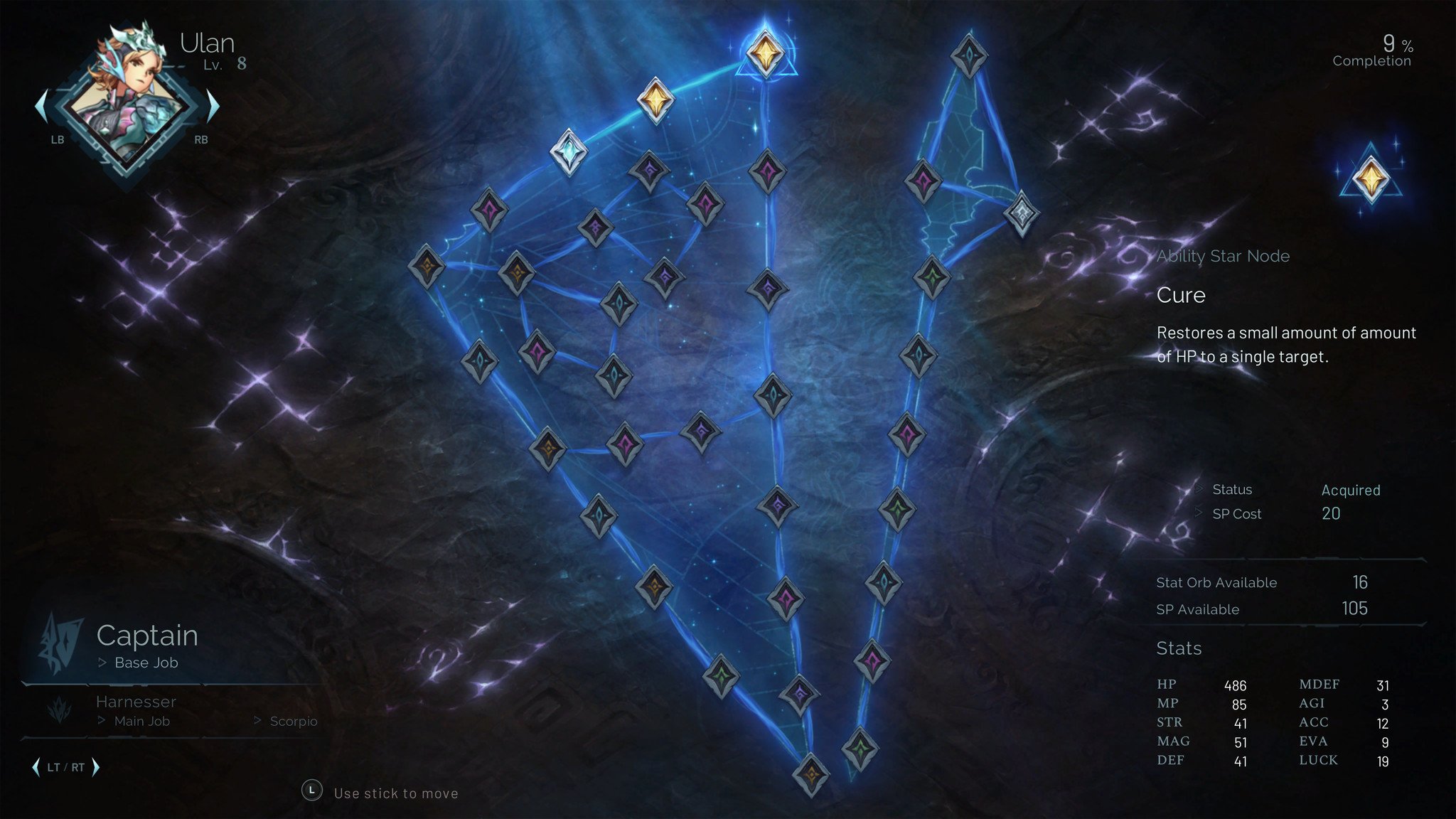
It is nearly impossible to have a conversation about games on Xbox without somebody stating that the system needs more JRPGs. Astria Ascending, developed by Artisan Studios and published by Dear Villagers, is attempting to fill at least some of that void by being available on Xbox and Windows 10 PCs. Additionally, Astria Ascending is available via Xbox Game Pass Ultimate on both platforms.

Bottom line: Astria Ascending's 2D puzzle platforming blended with turn-based combat and stunning art style does all the heavy lifting to keep players interested as the game's writing feels a bit generic.
Pros
- Beautiful art
- Difficulty settings
- Gameplay variety
- Voiced in Japanese and English
Cons
- Subtitles are missing for some dialogue
- Too many overcomplicated mechanics
- Dungeon maps are useless
Disclaimer: This review was made possible by a review code provided by Dear Villagers. The company did not see the contents of the review before publishing.
Astria Ascending: What you'll like

Astria Ascending is a turn-based JRPG and 2D puzzle platformer mashup that tells the story of the 333rd regiment of demigods. The hand-drawn, illustrative art style of the game is by far its greatest selling point. Everything from the environments to the character designs is stunning, even though some of the character models' animations may be a little unusual in some cutscenes. Some of the demigods can bring new meaning to the phrase "rubber neck."
| Category | Astria Ascending |
|---|---|
| Title | Astria Ascending |
| Developer | Artisan Studios |
| Publisher | Dear Villagers |
| Genre | JRPG, 2D platformer |
| Xbox version | Xbox Series X & S, Xbox One, PC |
| Game sSize | 14.9GB |
| Play time | 30+ hours |
| Players | Single |
| Xbox Game Pass | Yes |
| Launch price | $30 |
The eight demigods are chosen from the world's tribes and given the task of protecting the harmony of the world. While demigods are greatly revered and respected in Orcanon, their position comes with a caveat that their life will be cut dramatically short. At the beginning of Astria Ascending we find out that all eight members of the 333rd regiment have only three months left before their ascension ceremony.

Of course, the game would be quite boring if the ceremony came and went without a hitch, so an uprising among the tribes gives players a reason to guide the eight demigods across the lands of Orcanon taking down giant bosses. While exploring the various biomes the world has to offer, the gameplay for Astria Ascending is essentially that of a 2D puzzle platformer. Puzzles are fairly well spread out, and typically related to progressing through the zodiac themed dungeons that players explore.
There are occasional encounters that players can run into, which are represented by large glitchy orbs. Contact with the orbs triggers a combat scene, where four active members of your party are available for you to use in classic turn-based style. Each demigod has a standard and magic attacks as well as the option to guard or flee. Additionally, you can choose to use a character's turn to earn a focus point or to swap any of your active characters for an inactive one, though it will effectively end the turn.

The switch-up between 2D platforming, puzzles, and turn-based combat would be enough alone to keep things interesting. Occasionally, Astria Ascending throws in another switch-up by letting players ride on Fedorah, the winged beast typically used as a fast travel mechanism, for a shmup-style mini-game. In both standard combat and the shmup mini-game, players will face enemies who will have weaknesses to specific elements. The more you match your attack to an enemy's weakness, the more damage you will do.
All the latest news, reviews, and guides for Windows and Xbox diehards.
Astria Ascending: What you won't like

While a majority of the combat gameplay for Astria Ascending is self-explanatory, there are some elements that just do not seem to fit into the narrative. It makes for an experience that feels cluttered and overcomplicated. One primary example of this is the use of focus points. For most of my battles, I used the ability to generate a focus point as a way to pass a turn whenever a demigod did not have a useful attack for the enemy type.

I spent around 30 hours with Astria Ascending — I completed the main story and then returned for some side quests — and I still do not know what the purpose of focus points were. Similar to focus points, Astria Ascending introduces a mini-game that can be played with the citizens of Orcanon called J-Ster. J-Ster does at least have a tutorial, but its inclusion still feels like the developers were checking a box on a checklist labeled "Things a JRPG needs." It's needlessly awkward to play, and after struggling through a couple of encounters I ultimately just ignored it for the rest of my time with the game.

Overcomplication is a theme for Astria Ascending as even the game's skill tree systems revolve around each of the eight characters taking on four different "jobs." For each unlocked job slot players can choose one of three combat styles. Each combat style offers a corresponding skill tree that provides an avenue for equipping your character with different magic spells, weaponry, and other useful items. Eight demigods with four job slots each containing three potential jobs equals way too many skill trees.
Aside from the shoehorned mechanics, the majority of Astria Ascending's shortcomings come in the form of general quality of life improvements. There is no way to auto equip optimal equipment for your character, there's no indicator of when new jobs are available, nor is there any sort of indication when a side quest is available in an area. The map system provided for when users are inside of a dungeon are also dismal, reducing the rooms down to just flat rectangles with no topography detail and a character head that stays stationary, so you're never quite sure where you actually are in a room.
Astria Ascending: Should you play it?

It can sound a little like I'm being harsh toward Astria Ascending. I could dedicate a whole paragraph of the review just to complain about the jiggle physics that are only evident on Ulan, the busty protagonist. The reality is that for all of my complaints about the unnecessary combat mechanics, maps that are utterly useless, and jiggle physics, I actually enjoyed the game. There could certainly be quality of life improvements, but if you're looking for a short (by JRPG standards, anyway) and sweet turn-based fantasy game, then Astria Ascending has you covered.

Cole is the resident Call of Duty know-it-all and indie game enthusiast for Windows Central. She's a lifelong artist with two decades of experience in digital painting, and she will happily talk your ear off about budget pen displays.

